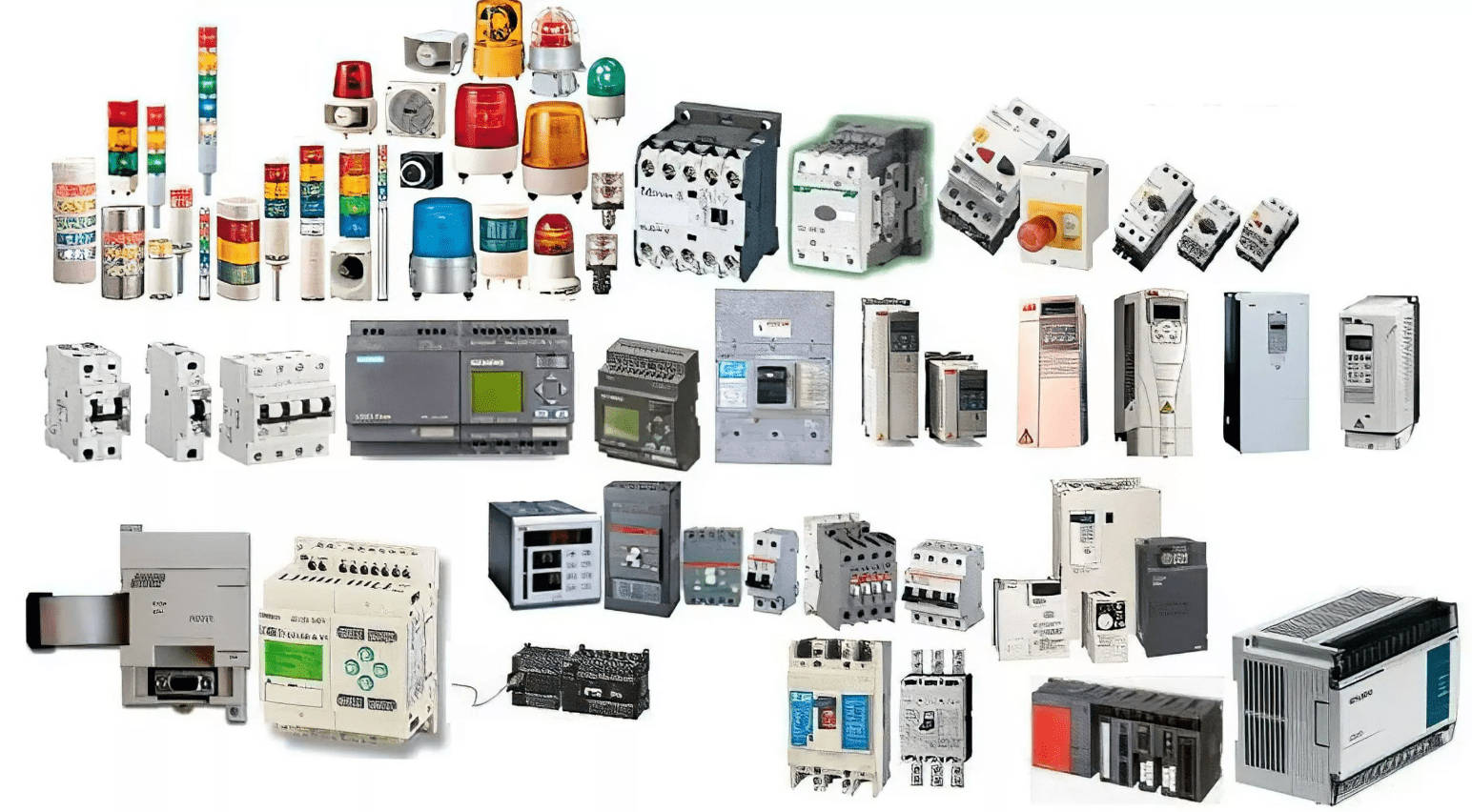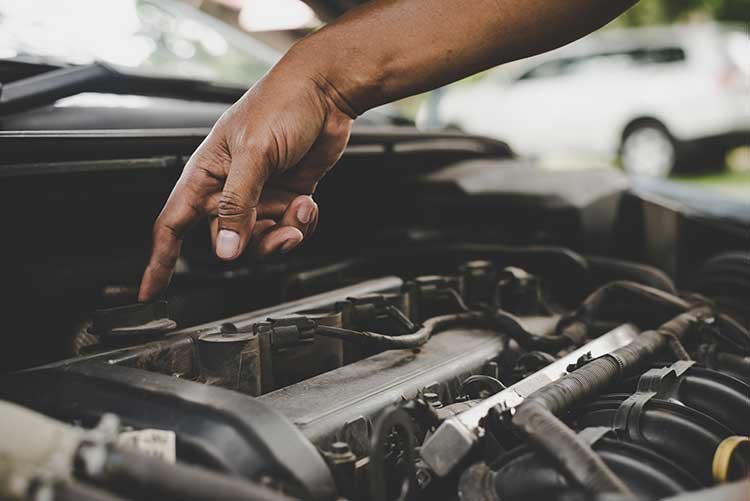The role of PLCs in robotic automation and how they improve productivity

PLCs (Programmable Logic Controllers) are crucial parts of robotic automation systems because they give the system’s many parts a method to be controlled and coordinated. PLCs may interface with other devices including sensors, actuators, and other industrial control systems. They are essentially specialised computers built to work in challenging industrial conditions.
Rockwell Automation MicroLogix 1400 PLCs enable real-time control of the robot’s motions in robotic automation systems, including positioning, speed, acceleration, and deceleration. Conveyor belts, sensors, and other automated machinery are also under their supervision and control.
Manufacturers may greatly increase production in a number of ways by utilizing PLCs in robotic automation:
1. Flexibility:
PLCs (Programmable Logic Controllers) are essential elements in robotic automation systems that enable flexibility. These specialised computers are used to direct and coordinate all of the moving parts, sensors, and other automated equipment that make up a robotic system.
PLCs allow producers to quickly alter the motions of the robot or the entire manufacturing line to create new goods or adapt to shifting consumer demand. PLCs can be configured to adapt to adjustments in production needs, such as alterations to the production schedule, alterations to the manufacturing method, or alterations to product design.
PLCs can also give flexibility to production processes by controlling the system’s numerous elements, including conveyor belts, sensors, and other automated machinery. By reducing downtime and the likelihood of mistakes or production delays, this can improve the manufacturing process’s adaptability and reactivity.
2. Increased accuracy:
PLCs enable precise control of the robot’s motions, enhancing manufacturing uniformity and accuracy. As a result, there may be fewer mistakes, less waste, and better-quality products.
Robotic automation systems can achieve more precision by using PLCs (Programmable Logic Controllers). These specialised computers are used to direct and coordinate all of the moving parts, sensors, and other automated equipment that make up a robotic system.
The location, speed, acceleration, and deceleration of the robot may all be precisely controlled by manufacturers utilising PLCs. Higher levels of accuracy and consistency in the production process may follow, which may result in better-quality goods and less waste.
PLCs can also be programmed to carry out quality control inspections while the product is being manufactured, such as looking for flaws or making sure the parts are aligned correctly. This can lessen the likelihood of generating defective items by helping to identify faults early in the process.
3. Improved efficiency:
PLCs can help enhance productivity by decreasing the time and effort needed for production by automating repetitive and manual processes.
PLCs (Programmable Logic Controllers) are essential parts of robotic automation systems that can help them operate more effectively. These specialised computers are used to direct and coordinate all of the moving parts, sensors, and other automated equipment that make up a robotic system.
PLCs enable producers to automate manual, repetitive activities, cutting down on the time and labour needed for manufacturing. As a result, manufacturing companies may be able to produce more goods in a shorter amount of time.
PLCs can be configured to coordinate the system’s many parts, including conveyor belts, sensors, and other automated machinery, in order to optimise the production process. This can help to lessen production errors or delays as well as downtime.
4. Reduced costs:
Manufacturers can save money by automating with PLCs to boost uptime and decrease labour costs.
PLCs (Programmable Logic Controllers) are essential to robotic automation systems’ ability to operate more cheaply. These specialised computers are made to direct and coordinate all of the moving parts, sensors, and other automated devices that make up a robotic system.
Manufacturers can lower labour costs by automating repetitive and manual operations by using PLCs in robotic automation. This can free up human workers to concentrate on work that is more intricate or creative and calls for their specialisation.
PLCs can also assist industries reduce waste and enhance efficiency, resulting in cost savings. PLCs can help to reduce the chance of errors or defects by providing precise control over the robot’s movements and monitoring other parts of the production process, resulting in less wasted materials and cheaper production costs.
Furthermore, the flexibility given by PLCs can assist producers in quickly adapting to changes in market demand or production requirements, thereby resulting in cost savings. Manufacturers, for example, can quickly modify the actions of the robot or the entire manufacturing line to develop new items or respond to changes in client demand.
Overall, PLCs play an important role in robotic automation by enabling precise, dependable control and coordination of the various system components, which can assist manufacturers in improving output, lowering costs, and increasing efficiency.




